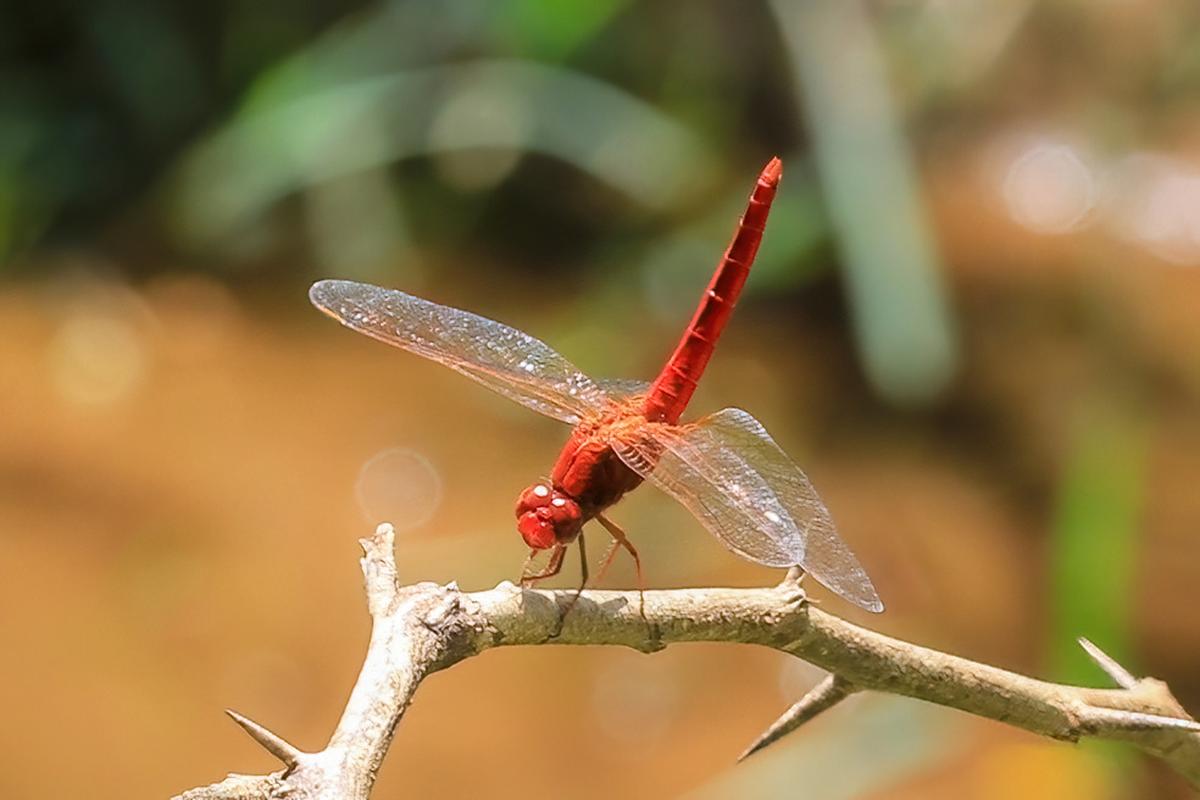Context:
Crocothemis erythraea, a rare dragonfly species previously thought absent, has been rediscovered in the Western Ghats' high-altitude areas, possibly colonizing during the Pleistocene Ice Age.
Significance of rediscovery:
This rediscovery is significant for biodiversity, as it confirms the Western Ghats as a hotspot for species surviving in isolated, cooler habitats like the Sholas and montane grasslands, which are now threatened by climate change.
· The species is distinguished from its common lowland relative, Crocothemis servilia, by its presence in high-elevation habitats above 550 meters.
About Crocothemis erythraea:
- Crocothemis erythraea, also known as the broad scarlet or scarlet darter, is a dragonfly species (Dragonflies are bioindicator species) in the family Libellulidae.
- The genus Crocothemis in India includes two known species—C. servilia and C. erythraea. While C. servilia is common across lowland areas, C. erythraea is known from high-elevation habitats in parts of Europe and Asia, including the Himalayas.
· Habitat: C. erythraea is typically found in high-elevation habitats above 550 meters, particularly in cool, montane locations with Sholas and grasslands. In contrast, its counterpart, C. servilia, is common in lowland areas below 600 meters.
· Distribution: This species is known to inhabit parts of Europe and Asia, including the Himalayas and Western Ghats.
· Colonization: Researchers believe that C. erythraea colonized southern India during the Pleistocene Ice Age, when cooler climates allowed temperate fauna to extend their range southward. As the climate warmed, these populations became isolated in montane locations.
Other characteristics:
· Parasitism: C. erythraea is parasitized by midges, specifically Forcipomyia paludis.
· Conservation Status: According to the IUCN, C. erythraea is classified as Least Concern in Europe.
· Sexual Dimorphism: Males display bright red coloration on their bodies and wings, while females have yellowish coloration that darkens with age. Some females exhibit androchrome characteristics, displaying male-like coloration.
· Oviposition in Unusual Locations: Females have been observed lying eggs in unusual locations, such as the sea.







